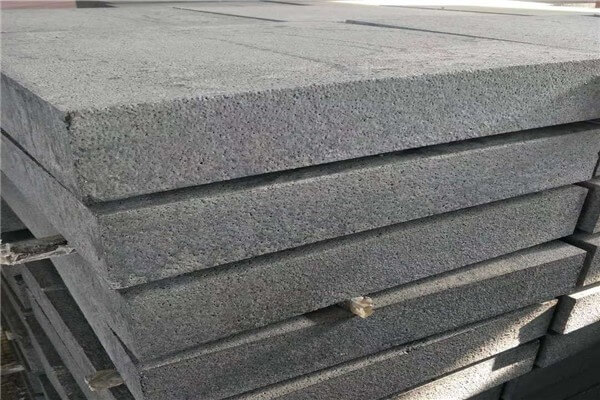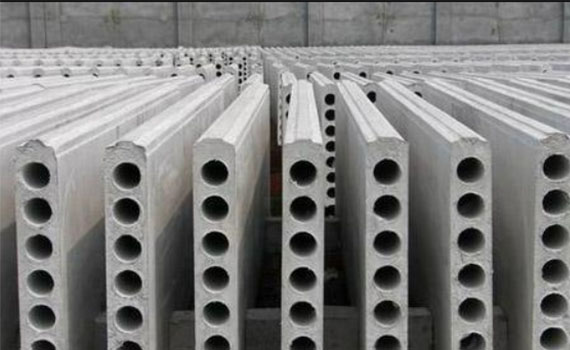Professional solutions on concrete addtives, Concrete Foaming Agent, Superplasticizer, CLC Blocks Additives, and foaming machine
(Influence of Monomer Ratios on Molecular WeightProperties)
What Polycarboxylate superplasticizer monomer
Polycarboxylate superplasticizers (PCE) provide concrete with high fluidity, strength, and excellent durability at low content, which efficiently promotes the development of the construction industry. The structure of PCEs, such as functional groups, monomer sequence, molecular weight property, length of main chain, and side chain density, directly affect the fluidity of cement paste. The long main chain length of PCE provides a polymer with enough adsorption groups onto the cement particles. In contrast, the high density of the side chain provides a substantial hindrance steric between the surface of cement particles. The optimal PCE requires the content and arrangement equilibrium of anchor and steric hindrance groups, which are exhibited as a monomer sequence along the backbone. PCE polymers with high feeding ratios of unsaturated carboxylic acid and macromonomer own higher ratio of AAA and monomer sequences (A represented acrylic acid, E represented isoprenyl oxy polyethylene glycol ether) [9] in PCE polymers. The influence of molecular structures of PCE on the fluidity and hydration process of cement paste
has always been the research hotspot. The high content of unsaturated carboxylic acid may lead to the hydration delay of cement paste. Conversely, it provides high charge density and adsorption driving force for PCE polymers. Meanwhile, high side chain density should be guaranteed to supply PCE polymers with steric solid hindrance. The kinetic chain presented in Formula (1) is a decisive factor of molecular weight for polymers in aqueous free radical polymerization, and it is directly proportional to the monomer concentration [M] but inversely proportional to the square root of initiator concentration [I]. The kinetic chain length varies with the monomer concentration [M] exclusively under the fixed initiator concentration and reaction temperature. Here, kd and kt are designated as chain initiation rate constant, chain propagation rate constant, and chain termination rate constant, respectively.
Influence of Monomer Ratios on Molecular WeightProperties
There was no apparent split and narrow molecular weight distribution for the final product 52IPEG series PCE polymers in the SEC spectra with A/Eamong 3.0 and 6.0 exhibited in Figure 1. The SEC ranges of 52IPEG4.2, 52IPEG5.0, and 52IPEG6.0 PCE samples were similar. The mass fraction of residual macromonomer in 52IPEG3.0 was much higher than in other models. There were two reasons for the low conversion of 52IPEG macromonomer in 52IPEG3.0: firstly, the macromonomer inclines to copolymerization rather than homopolymerization, and it cannot be entirely reacted at with a low content of acrylic acid; secondly, the steric solid hindrance effect of EO units decreased the reaction rate on a certain extent. It indicated that the high value of A/E increased the finalconversion of 52IPEG macromonomer. PCE polymers possessed molecular weight of around 30,000 g/mol with low side chain density, and long main chain length presented high initial dispersing effectiveness at the low dosage-around 0.12%. Most effective PCE polymers were formed during the adding period of acrylic acid in the first three h. The structures of PCE polymers synthesized at the A/Evalue of 3.0, 4.2, 5.0, and 6.0 were studied. The molecular weight, main chain length, and reaction rate of PCE polymers, as well as the conversion of macromonomers, increased with the general adding ratio of acrylic acid to 52IPEG macromonomers. Polymers with a mass fraction of 53.8% were detected in 52IPEG6.0 after one h, and it was even higher than that of polymers of 52IPEG3.0 produced in the first two h.
Dispersing Effectiveness inPolycarboxylate Superplasticizers
The side chain density of polymers decreased with the general A/Evalue during the reaction process in a specific PCE sample. The continuous feeding of AA during the reaction was the reason that lowered the side chain density of polymers. PCE polymers produced in the 1st hour possessed the highest side chain density and molecular weight. It was the critical period for the structure control of PCE polymers, especially for high A/Evalue ones. The major effective polymers were produced by adding acrylic acid in the first three h. A high dosage of 0.26% for 52IPEG3.0 was needed to reach the initial cement paste flowspread of 26±0.5 cm, yet it exhibited excellent retention ability. Around 0.12% of dosages were required for other PCE polymers, but their retention properties were not good. 52IPEG4.2 possessed a molecular weight of about 30,000 g/mol and moderate side chain density; the main chain length 1 was the proper choice for the application. The structure of PCE polymers with specific properties could be designed based on influence factors.
Price of Polycarboxylate superplasticizer monomer
Polycarboxylate superplasticizer monomer particle size and purity will affect the product's Price, and the purchase volume can also affect the cost of Polycarboxylate superplasticizer monomer. A large amount of large amount will be lower. The Price of Polycarboxylate superplasticizer monomer is on our company's official website.
Polycarboxylate superplasticizer monomer supplier
Luoyang Tongrun Nano Technology Co. Ltd. (TRUNNANO) Luoyang City, Henan Province, China, is a reliable and high-quality global chemical material supplier and manufacturer. It has more than 12 years of experience providing ultra-high quality chemicals and nanotechnology materials, including Polycarboxylate superplasticizer monomer, nitride powder, graphite powder, sulfide powder, and 3D printing powder. If you are looking for high-quality concrete additives, please feel free to contact us and send an inquiry. (sales@cabr-concrete.com). We accept payment via Credit Card, T/T, West Union, and Paypal. TRUNNANO will ship the goods to customers overseas through FedEx, DHL, by air, or by sea.
(Influence of Monomer Ratios on Molecular WeightProperties)








